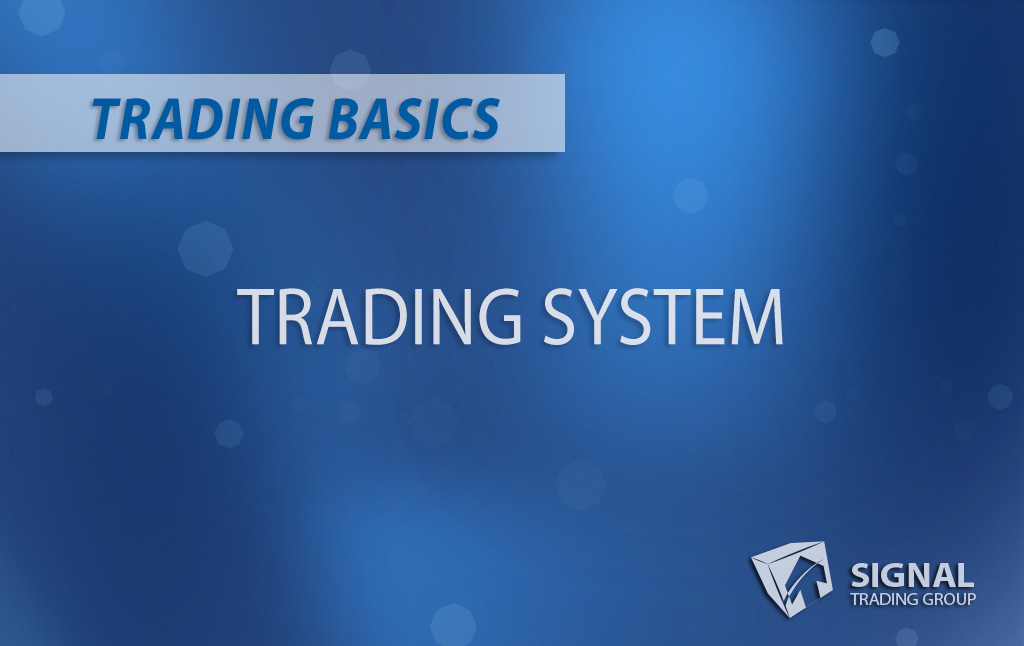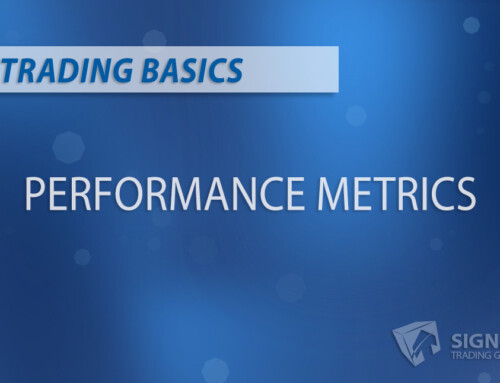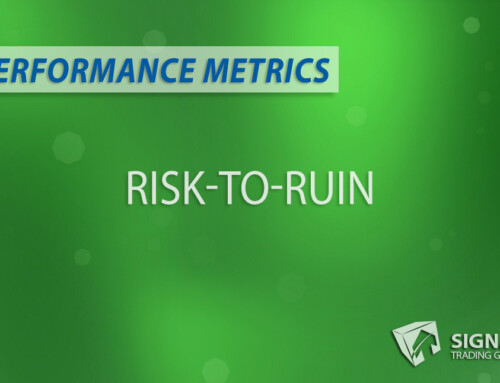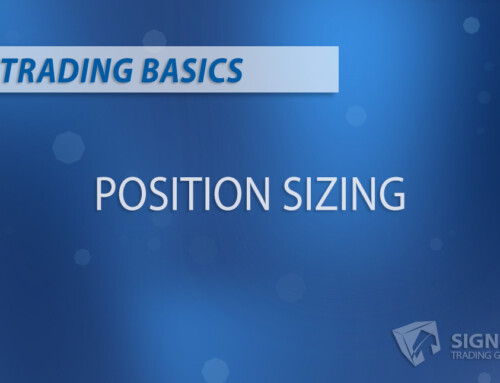In the trading industry, performance metrics play a crucial role in evaluating the effectiveness of any system. Experienced traders rely on various metrics to assess their trading strategies and make informed decisions. Much like baseball players use statistics to measure their on-field performance; traders can use metrics to evaluate their trading effectiveness. This blog post will highlight the significance of performance metrics, draw parallels between baseball player statistics and trading metrics, and discuss fundamental performance metrics traders use to make better decisions.
Performance Metrics: The Key to Improved Trading Outcomes
The importance of performance metrics in the trading world cannot be overstated. Effective use of these metrics allows traders to evaluate the efficiency of their trading systems, fine-tune their strategies, minimize risks, and improve potential returns. By closely monitoring various trading metrics, investors can identify what works well for them, optimize their system, and boost their overall performance.
Baseball and Trading Focus on Stats
At first glance, baseball and the world of trading might seem unrelated. However, they share a common foundation when it comes to evaluating performance. Just as baseball players use statistics like batting average, on-base percentage, and ERA (Earned Run Average) to measure their success and identify areas for improvement, traders use performance metrics to evaluate the efficiency and profitability of their strategies. Ultimately, baseball players and traders rely on data-driven methods to improve their effectiveness and achieve greater success.
Basic Performance Metrics Used by Traders
Traders use a wide range of performance metrics to evaluate trading systems. Some of the most popular and widely used metrics include:
Win rate: The win rate is calculated as the percentage of winning trades out of the total trades taken. A higher win rate generally indicates better performance.
Win rate = (Number of winning trades / Total trades) x 100
Average profit/loss: This metric shows the average profit or loss generated per trade. A positive average profit/loss indicates a profitable strategy, while a negative average profit/loss suggests an unprofitable approach.
Average profit/loss = (Sum of profits – Sum of losses) / Total trades
Risk-reward ratio: This measures the potential return for each unit of risk taken. Traders can use this ratio to determine whether the potential rewards of a strategy justify the associated risks.
Risk-reward ratio = Average profit per trade / Average loss per trade
Profit factor: The profit factor is the ratio of gross profit to gross loss. A profit factor greater than 1 indicates a profitable system, while a value less than 1 signifies an unprofitable system.
Profit factor = Gross profit / Gross loss
Maximum drawdown: This indicates the most significant decrease in the value of an investment or trading system from its peak to its lowest point. A lower maximum drawdown signifies less risk exposure and a more stable trading system.
Maximum drawdown = (Peak value – Lowest value) / Peak value
Using Performance Metrics to Make Informed Trading Decisions
By analyzing the critical performance metrics mentioned above, traders can make data-driven decisions that ultimately help them optimize their strategies, minimize risk, and enhance potential profits. For example:
• If the win rate is too low, the trader can analyze their entry and exit points to increase the chances of success.
• If the profit factor is low, the trader may want to look closer at the system and make changes to improve its profitability.
• If the maximum drawdown is too high, the trader can assess their risk management approach and adjust it to reduce potential losses.
Ultimately, traders should use performance metrics to identify flaws in their strategies and make necessary adjustments to enhance their trading performance. Doing so ensures they can maximize profits, minimize losses, and protect their trading capital. With the right approach and data-driven insights into their trading performance, traders can gain an edge in the markets and take their trading to the next level.
In the coming weeks, I will begin a new blog that reviews a slu of evaluation metrics I helped add to the TradeStation performance report in the mid-90s. So how good is your trading system? We will begin the evaluation process soon!





